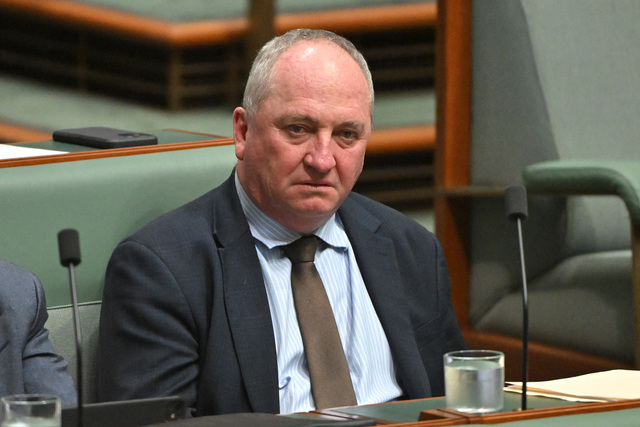As we move closer to the new millennium, concepts such as ‘reform’, ‘change’ and ‘a vision for the future’ will undoubtedly continue to dominate both the public and private sectors. As we close out what has been a century of the most accelerated and profound changes in our history, the pace of reform shows no signs of slowing, rather it is continuing its exponential climb.
Futurists and commentators of this phenomenon have for some years bandied around phrases such as ‘change is now the status quo’ and ‘the only constant we can rely on is change’. Change is not new but is its speed something we are losing the capacity to control?
With huge technological advancements and the reality of the global village, the relevance of current institutions, particularly government, are well and truly under the microscope. We have heard it stated that in the future the role and function of national governments will diminish, that the regions and a stronger local based level of government will come to the fore as we progress into the next millennium.
In Australia we need to be asking where, and how comfortably, will our State Governments sit in all this? In light of a recent High Court decision, the dramatic curtailing of the States’ revenue raising capacity places them much closer to being mere agents of the Commonwealth Government.
Despite the State Governments having the ability to enforce ratecapping on Local Government, Councils still have the capacity to raise around half their revenue, which is much greater than the State Governments’ present revenue raising capacity!
Still, it is quite evident in looking around the nation, it is often the State Government that is calling the tune in regard to Local Government reform. In some States, the two spheres are working side by side in a semblance of partnership and cooperation on behalf of their joint constituents.
As well as partnerships being crucial, it is also essential to carefully consider the impacts, both short and long term, before reforms are put in place. As the NSW Minister for Local Government, Ernie Page, pointed out at a recent Local Government Conference, it is vital to assess how effective a reform will be before you go ahead.
We agree with the Minister. Pushing ahead without an analysis of the costs and benefits is stepping on very shaky ground, with adverse consequences having the potential to reverberate for generations to come.
The economic rationalists have been accused of hijacking the reform agenda. Caught up in short term, quick fix, cost saving initiatives, it has been asserted they ignore longer term implications. Even the most junior economics student understands any cost saving, that removes an income generation capacity from an economy, must be considered in light of its multiplier effect.
In Tasmania, the State Government’s push for amalgamations reducing Council numbers from 29 to 15, has been questioned by the Local Government Association of Tasmania (LGAT) in light of its impact on employment in that State. Already having one of the highest unemployment rates of the States, LGAT asserts that Council redundancies can only lead to further economic decline for Tasmania.
LGAT argues that while the restructured Councils will have ultimate say on their employment levels, it is the State Government’s decision to cap rates from July 1998 that will force Councils to shed staff.
The impact of amalgamations and rate capping is expected to reduce staff numbers by 400 or 15 percent of the current Local Government, workforce. LGAT estimates this will reduce Councils’ wages bill by $18 million per year, but the multiplier effect of this would take closer to $30 million out of the State’s economy.
Change is inevitable and not something to fear, but it must be carefully planned with its costs and benefits carefully scrutinised to ensure the best decisions are made on behalf of everyone in the community. This ensures we have full control of both the change process and its consequences.







